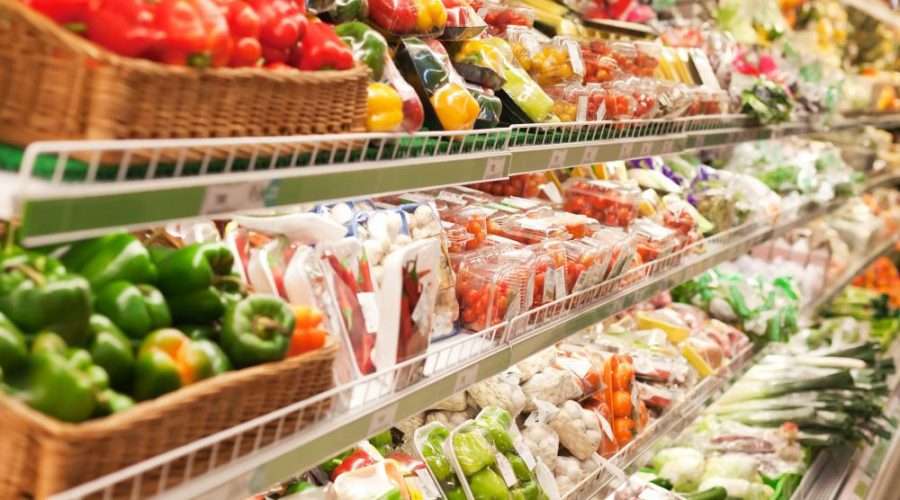Making something delicious from scratch, whether by baking, roasting, brewing, or steaming, can be a really rewarding experience.
The process of bringing a culinary item to market, however, entails a great deal more. Here are seven measures to take to get a food product to market rapidly, compiled by Ramya Sriram, digital content manager for online platform for freelance scientists Kolabtree.
Food startups, chefs, and entrepreneurs often need the guidance of a food consultant or food scientist when they are ready to take their product to market.
Think like your customer does
There needs to be enough interest in the product or service in order to keep the firm going. In what ways are you hoping to bridge this void? Are you reducing the price and increasing the availability of organic foods? I was wondering if you had any novel ideas for healthy snack bars like fruit roll-ups. How is it unique in comparison to other snack bars on the market? Can you only serve a local market, or would you be interested in expanding to other areas as well? Is there evidence in the market that your food product will be successful in the long run?
You can better position your product in the market by conducting thorough market research and gaining an in-depth insight of the competition. The type of grocery store or wholesaler you approach can be determined in this way as well.
Adhere to rules and regulations for food safety
Laws and regulations govern commercial food production to guarantee public safety, food hygiene, consumer protection, and equitable commerce. The Food and Drug Administration (FDA) or the European Food Safety Authority (EFSA) must approve your product before you may sell it.
Additionally, there are numerous product-specific certification and oversight organisations. Farmers’ markets and farm shops allow farmers to bypass the middleman and sell their wares directly to consumers; in the UK, organisations like the National Farmers’ Retail and Markets Association (FARMA) help establish guidelines for these venues.
Capacity for expansion
Is there a large commercial kitchen at your disposal where you can mass-produce your product? Can your vendors expand to meet your needs if they do?
Your company’s adaptability and profitability will increase thanks to its scalability. Distributors may rest easy knowing you can handle unexpectedly high demand thanks to this. Finding a commercial kitchen with enough space to produce in large quantities is a problem for many startups. Especially in the United States and the United Kingdom, accelerators and incubators for food businesses are beginning to play an important role in this regard.
Long-lasting viability
Can you picture the dread of discovering that your favourite brand of gluten-free cookies has gone bad before its expiration date? Aside from being a waste of time and resources, this also poses a serious threat to your credibility. Make sure to put your items through their paces under various storage circumstances. Can you recommend a suitable preservative? In what ways can humidity be managed? Is it possible to use other ingredients to increase the storage time? Expert assistance in extending the shelf life of a product is the best way to get these issues answered efficiently and quickly.
Packaging
Working with a contract manufacturer or co-packer can help you reach critical mass and expand your business. In addition to standard services like packaging and labelling, some co-packers also offer services like inventory management and quality assurance. They often offer storage facilities and handle transport. If you need products in tiny quantities or a “produce-on-demand” service, one consideration when hiring a packager is whether or not the expenses will be viable for your company. Finding a co-packer in close proximity to your company makes coordination and communication much simpler.
Visual identity creation
Thousands upon thousands of brands compete for placement in supermarkets and refrigerators. What sets yours apart, exactly? Investing in professional design and branding may seem like an unnecessary expense to many startups, but it pays off in the long run. Getting your product to move from the shelf into the shopping basket is mostly dependent on the product’s visual appeal, your brand name, placement, and text. Juice behemoth Innocent from the United Kingdom is a shining example of brilliant branding because to its memorable slogan, eye-catching packaging, and fun, offbeat themes.
One of the most critical steps in the food manufacturing process is accurately and prominently marking the item’s nutritional information. Most packaged foods are required by law to list their ingredients and nutritional information, including serving size and calorie count. Possible allergies including soy, nuts, and gluten are also listed. Visit Britain Gazette for more Information.
Kosher and halal certifications, for example, make it easier to meet the needs of certain customers. Exceptions to this restriction include goods sold loose, such as raw vegetables and fruit. Many new food businesses hire independent food scientists to assist with nutritional analysis and product labelling since they lack the resources to hire a full-time workforce.
Bringing a new culinary item to market is no simple task. It is estimated that only one-third of startups in the United States make it to their ten-year anniversary. The ability to consult with industry professionals, mentors, and independent food science experts will give you the advantage you need to develop a marketable food product.
For more news click thebritaintimes.co.uk
